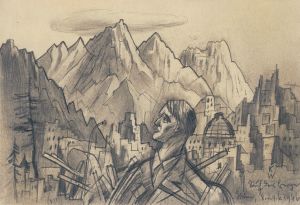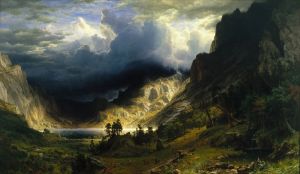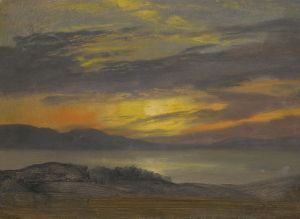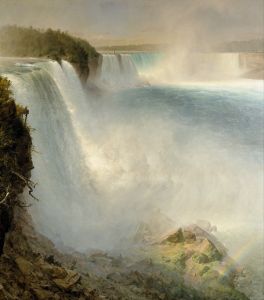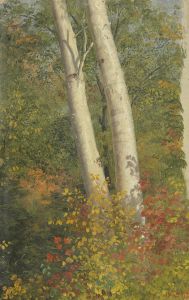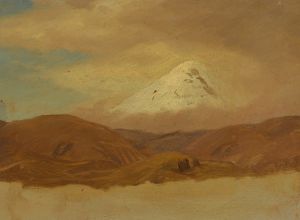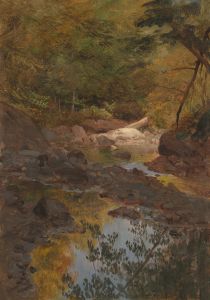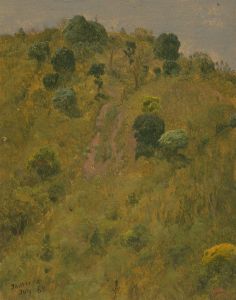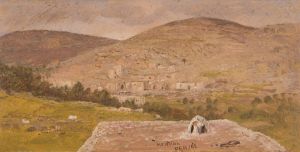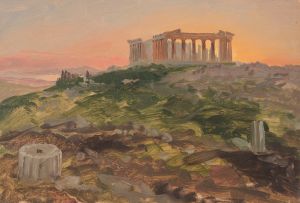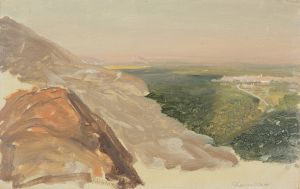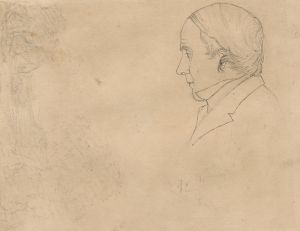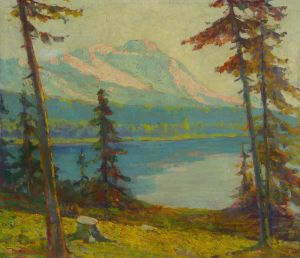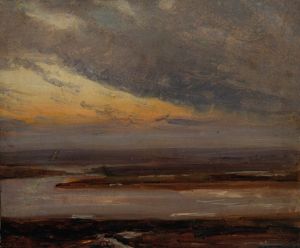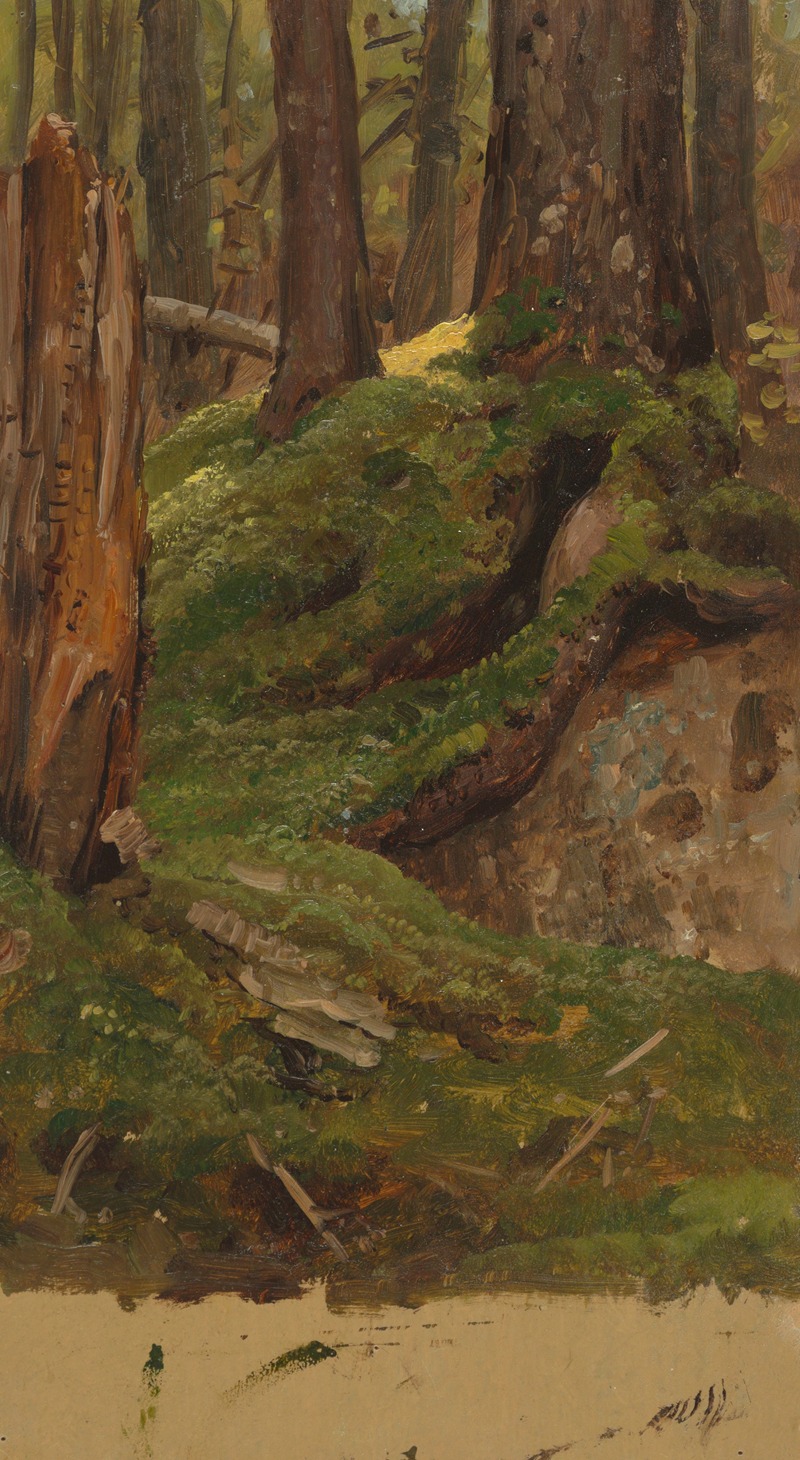
Maine woods
A hand-painted replica of Frederic Edwin Church’s masterpiece Maine woods, meticulously crafted by professional artists to capture the true essence of the original. Each piece is created with museum-quality canvas and rare mineral pigments, carefully painted by experienced artists with delicate brushstrokes and rich, layered colors to perfectly recreate the texture of the original artwork. Unlike machine-printed reproductions, this hand-painted version brings the painting to life, infused with the artist’s emotions and skill in every stroke. Whether for personal collection or home decoration, it instantly elevates the artistic atmosphere of any space.
Frederic Edwin Church's painting Maine Woods is a significant work by the renowned American landscape artist, who was a central figure in the Hudson River School, a mid-19th-century art movement known for its detailed and romantic depictions of the American wilderness. Painted in 1859, Maine Woods reflects Church's deep interest in capturing the grandeur and untamed beauty of the natural world, a hallmark of his artistic style.
The painting was inspired by Church's travels to the state of Maine, particularly his explorations of the Katahdin region, an area celebrated for its rugged landscapes and dense forests. Church visited Maine multiple times during the 1850s, and these trips provided him with the opportunity to sketch and study the area's dramatic scenery. His experiences in Maine were also influenced by the writings of Henry David Thoreau, whose book The Maine Woods (published in 1864, but based on earlier excursions) celebrated the region's wilderness and advocated for its preservation.
Maine Woods depicts a serene and picturesque view of the forested landscape, with a focus on the interplay of light and shadow. Church's meticulous attention to detail is evident in the rendering of the trees, rocks, and water, which are painted with remarkable precision. The composition is balanced and harmonious, showcasing Church's ability to convey both the vastness and intimacy of nature. The painting also reflects the transcendentalist ideals of the time, emphasizing the spiritual and restorative qualities of the natural world.
As with many of Church's works, Maine Woods was created during a period when the American public was becoming increasingly interested in the nation's natural landscapes. The painting resonated with viewers who saw the wilderness as a symbol of national identity and a source of inspiration. Church's ability to capture the sublime beauty of the American landscape contributed to his reputation as one of the leading artists of his era.
Today, Maine Woods is recognized as an important example of Church's artistic legacy and his contribution to American landscape painting. The work continues to be celebrated for its technical mastery and its ability to evoke the majesty of the natural world.





